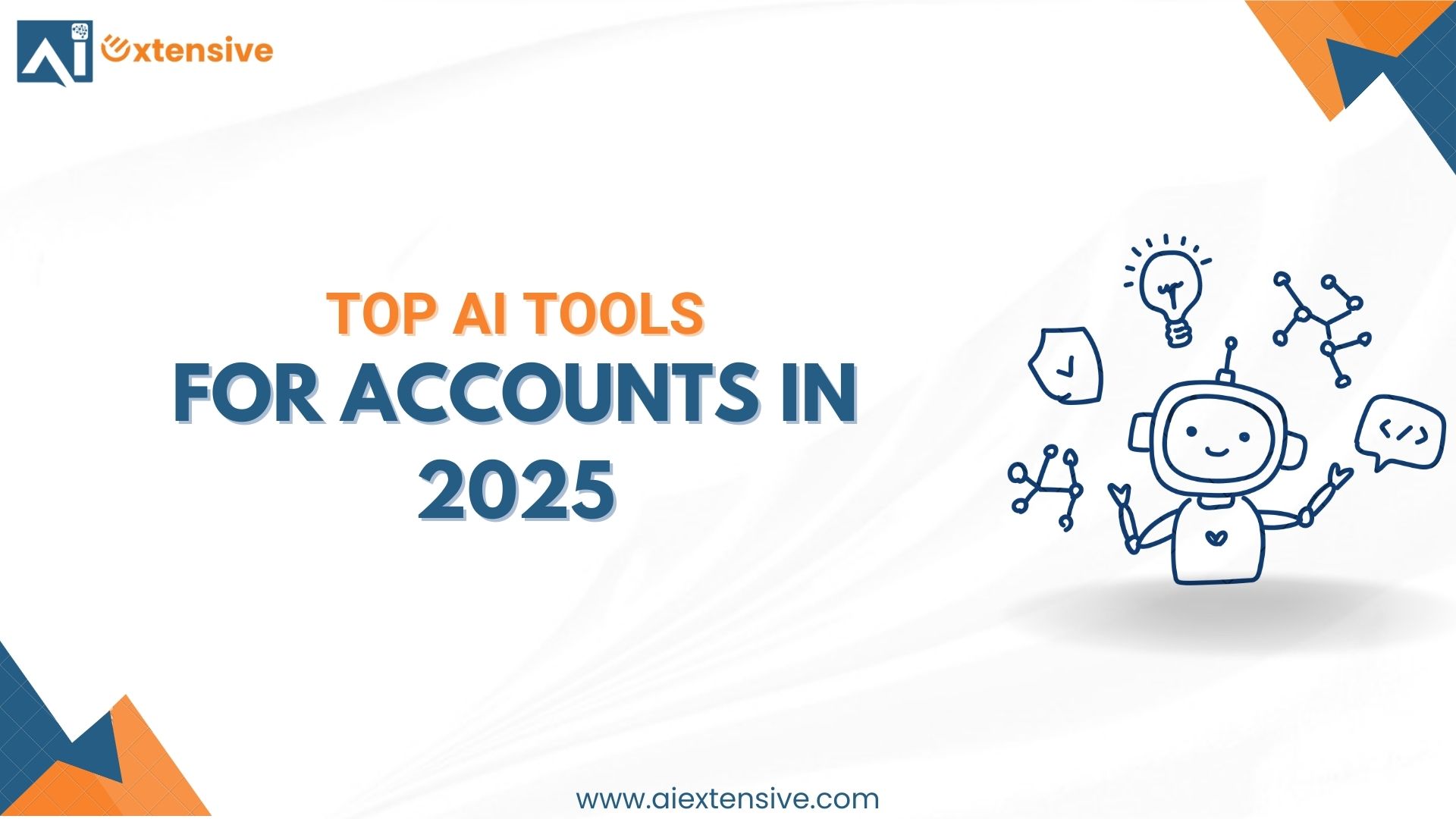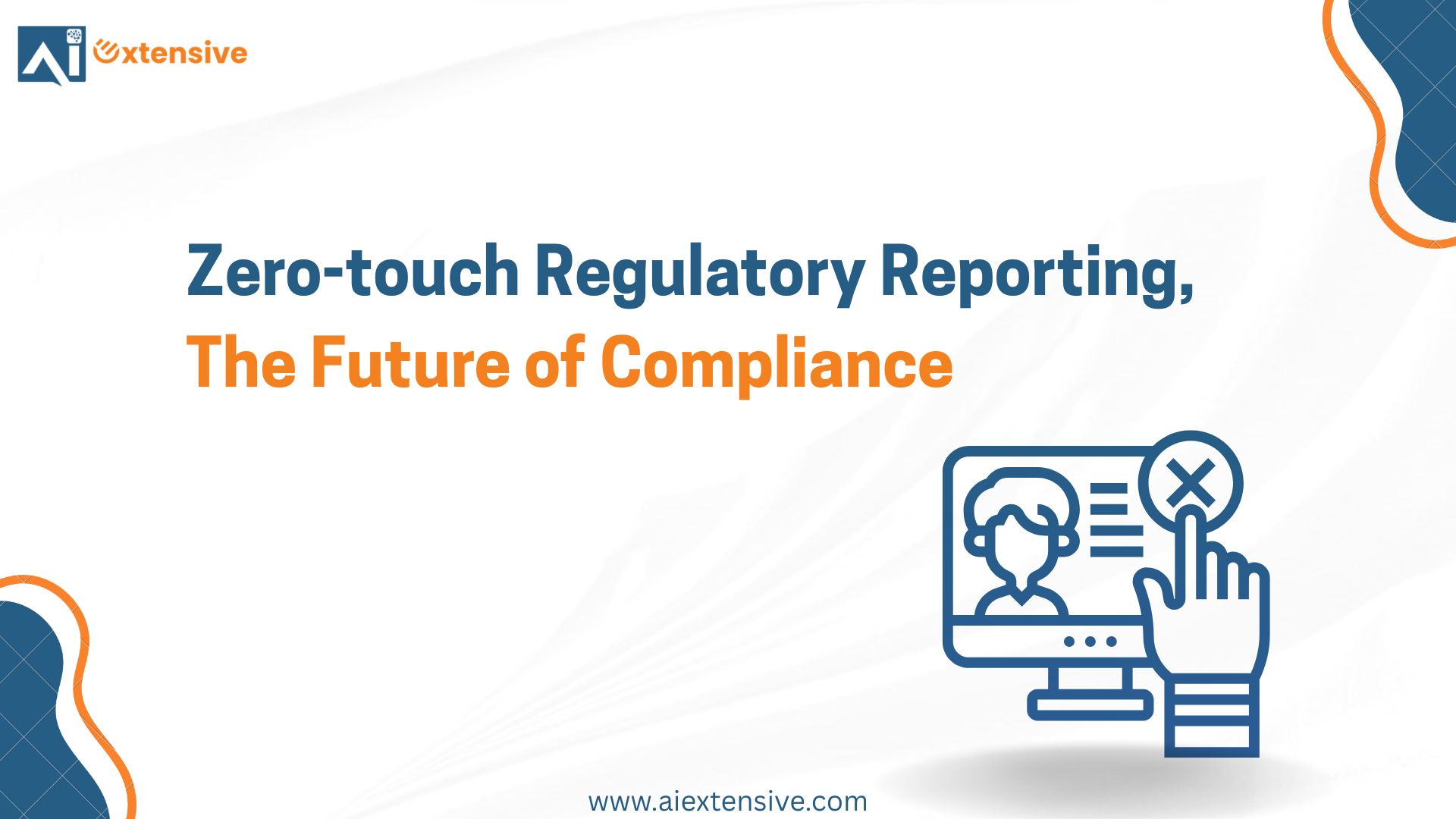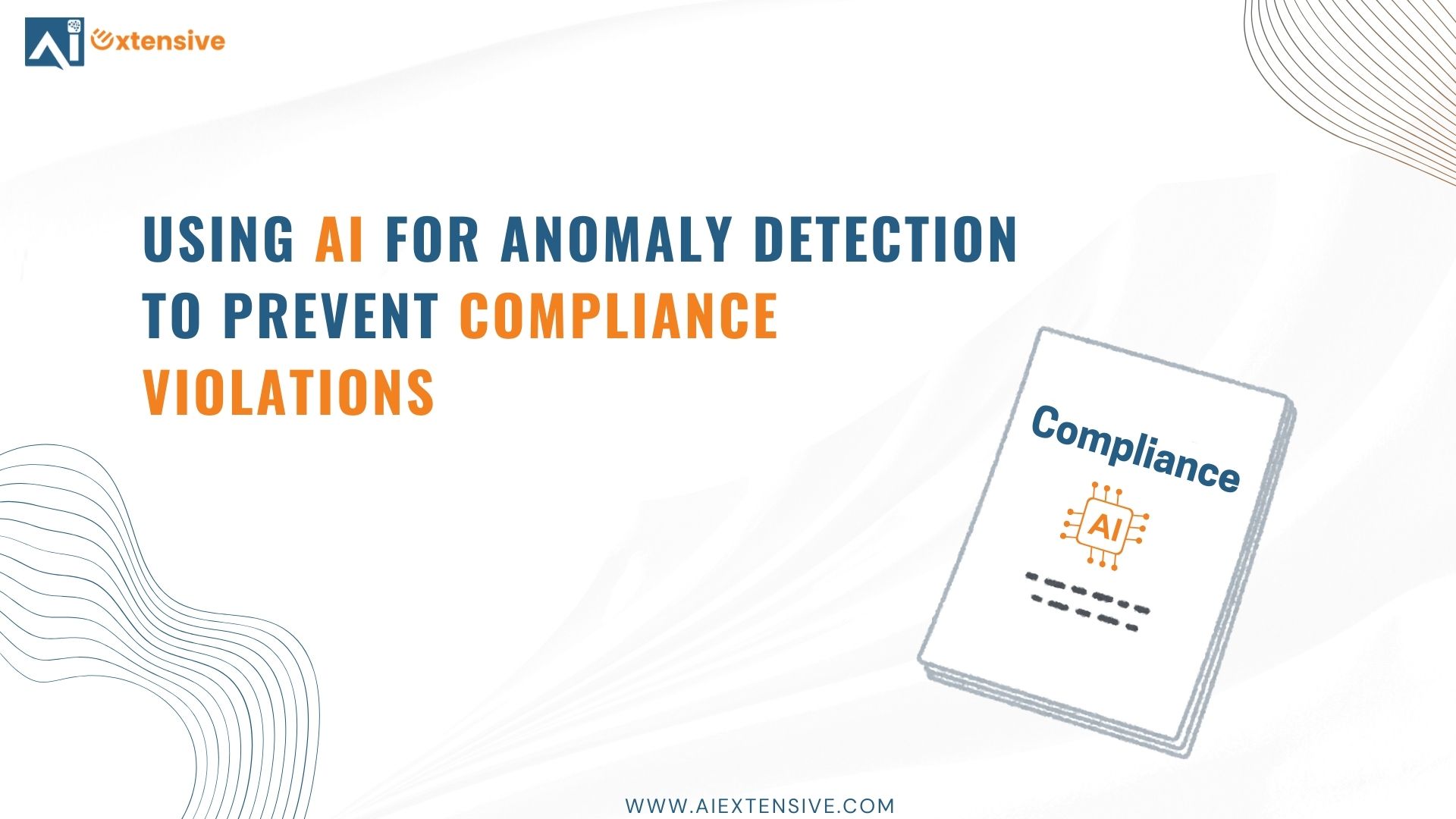Introduction
As we step into 2025, artificial intelligence (AI) is revolutionizing accounting by automating mundane tasks, boosting accuracy, and delivering predictive insights—without the need for full-fledged ERP systems. For virtual CFO services specializing in digital transformation for finance, accounts, and compliance, pure AI tools offer targeted solutions to streamline operations, cut errors by up to 90%, and ensure compliance with India’s regulatory landscape, including GST 2.0 and the DPDP Act.
This blog focuses exclusively on standalone AI tools (excluding comprehensive ERP software like SAP or Oracle NetSuite) that integrate seamlessly with existing systems. These tools are ideal for high-revenue enterprises (>100 crore) in India’s top economic cities, such as Mumbai and Delhi, enabling 20-50% cost savings through automation like invoice processing and fraud detection.
We’ll highlight 10 top AI tools, their features, benefits, use cases, and integration tips, based on the latest industry analyses.
1.Vic.ai
Vic.ai is an AI-first platform dedicated to accounts payable automation, using machine learning to eliminate manual processes.
- Key Features: Autonomous invoice processing, approval workflows, and end-to-end financial visibility.
- Benefits for 2025: Handles millions of invoices with 99% accuracy, reducing fraud and manual effort by 85%.
- Use Case: A 200-crore NBFC in Delhi automated vendor payments, cutting processing time by 40% and ensuring TDS compliance.
- Integration: APIs for connecting to accounting software like QuickBooks or Zoho; hybrid offline data sync supported.
2. Docyt AI
Docyt AI provides real-time bookkeeping automation, adapting to business-specific KPIs without requiring a full ERP overhaul.
- Key Features: AI-driven expense tracking, predictive analytics, and customizable metrics.
- Benefits for 2025: Saves up to 57 hours monthly on reconciliations, ideal for scaling enterprises.
- Use Case: A 150-crore retail chain in Bengaluru used it for automated expense management, improving cash flow forecasting by 30%.
- Integration: API-based links to bank feeds and existing tools; supports offline imports for hybrid setups.
3. Netgain
Netgain leverages AI for efficient accounting workflows, focusing on reconciliations, audits, and financial closes.
- Key Features: Cloud-based AI for audit preparation, anomaly detection, and workflow automation.
- Benefits for 2025: Accelerates month-end closes by 50%, enhancing compliance in multi-entity operations.
- Use Case: A manufacturing firm in Pune streamlined GST audits, reducing errors by 90%.
- Integration: Seamless APIs with non-ERP accounting platforms; hybrid options for secure data handling.
4. DataSnipper
DataSnipper uses AI to automate audits and financial analysis, extracting insights from documents without ERP dependencies.
- Key Features: Intelligent document extraction, forecasting, and compliance checks.
- Benefits for 2025: Boosts audit efficiency by 70%, perfect for regulatory-heavy sectors.
- Use Case: An IT company in Hyderabad automated financial document reviews, saving 25% in audit time.
- Integration: API connectivity with tools like Excel or Google Sheets; supports offline PDF processing.
5. MindBridge AI
MindBridge AI specializes in anomaly detection and risk assessment for accounting data.
- Key Features: Machine learning for fraud detection and transaction analysis.
- Benefits for 2025: Identifies risks in real-time, reducing fraud losses by up to 50%.
- Use Case: A pharma enterprise in Ahmedabad detected irregularities in expense reports, ensuring MCA compliance.
- Integration: APIs for data feeds from accounting software; hybrid for sensitive offline analysis.
6. Trullion
Trullion employs AI for lease accounting and compliance automation, focusing on standards like ASC 842/IFRS 16.
- key Features: AI-powered document extraction, audit trails, and predictive modeling.
- Benefits for 2025: Ensures DPDP Act adherence with 95% accuracy in lease management.
- Use Case: A services firm in Kolkata automated lease reconciliations, cutting manual work by 80%.
- Integration: API links to financial databases; supports offline document uploads.
7. Arya.ai
Arya.ai offers AI solutions for financial risk scoring, fraud detection, and compliance checks.
- Key Features: Custom AI models for lending automation and anomaly alerts.
- Benefits for 2025: Lowers credit costs by 34-36%, tailored for NBFCs and fintechs.
- Use Case: Bajaj Finance in Mumbai integrated it for lending workflows, saving ₹150 crore annually.
- Integration: Modular APIs for existing accounting tools; hybrid for secure, offline model training.
8. UiPath
UiPath combines RPA with AI for task automation in accounting, such as invoice and compliance processing.
- Key Features: Agentic bots for data extraction and workflow orchestration.
- Benefits for 2025: Reduces processing time by 85%, scalable for high-volume accounts.
- Use Case: A retail chain in Chennai automated AP/AR, improving efficiency by 70%.
- Integration: APIs and connectors for non-ERP systems; hybrid bots for offline execution.
9. Datarails
Datarails uses AI for financial planning and analysis, automating budgeting and forecasting without ERP.
- Key Features: AI-driven scenario modeling and data consolidation.
- Benefits for 2025: Enhances forecasting accuracy by 40%, aiding strategic decisions.
- Use Case: A logistics firm in Nagpur optimized budgets, reducing variances by 30%.
- Integration: Excel-based APIs; supports hybrid data imports.
10. Cube
Cube is an AI tool for financial modeling and reporting, focusing on spreadsheet automation.
- Key Features: Semantic layer for data querying and AI-powered insights.
- Benefits for 2025: Speeds up reporting by 50%, ideal for compliance dashboards.
- Use Case: An e-commerce business in Jaipur automated financial reports, ensuring timely MCA filings.
- Integration: API connectivity with databases; hybrid for offline spreadsheet processing.
Honorable Mentions
- Suvit: AI for GST reconciliation, tailored for Indian compliance.
- Ramp: AI for expense management and spend analytics.
- Brex: AI-driven corporate card and expense tracking.
Conclusion
These pure AI tools empower accounting teams in 2025 to focus on strategy rather than routine tasks, integrating effortlessly with existing setups for enterprises above 100 crore revenue. By adopting them, virtual CFOs can drive digital transformation with precision and efficiency.








